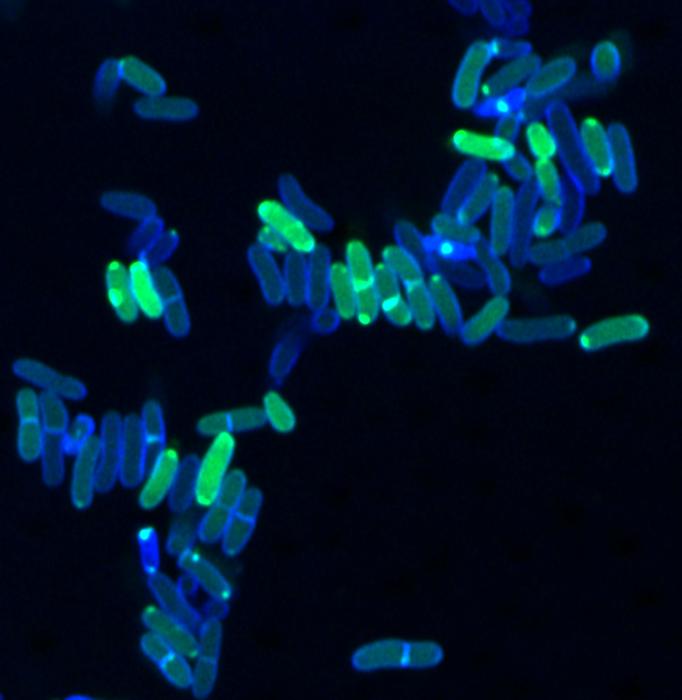Due to increasing antibiotic resistance in pathogens causing infections, the development of new antibacterial substances is needed. Scientists are testing out a new group of substances produced by gram-positive bacteria, the lantibiotics. Now, researchers at the University Hospital Bonn (UKB), the University of Bonn, and the German Center for Infection Research (DZIF) have discovered a new so-called lantibiotic, called epilancin A37. It is produced by staphylococci that colonize the skin and acts specifically against their main competitors there, the corynebacteria. This specificity is presumably mediated by a very special mechanism of action, which the researchers were able to decipher in detail.
Their study has been published in The ISME Journal in an article titled, “Staphylococcus epidermidis bacteriocin A37 kills natural competitors with a unique mechanism of action.”
“Many bacteria produce antimicrobial compounds such as lantibiotics to gain advantage in the competitive natural environments of microbiomes,” the researchers wrote. “Epilancins constitute an until now underexplored family of lantibiotics with an unknown ecological role and unresolved mode of action. We discovered production of an epilancin in the nasal isolate Staphylococcus epidermidis A37. Using bioinformatic tools, we found that epilancins are frequently encoded within staphylococcal genomes, highlighting their ecological relevance. We demonstrate that production of epilancin A37 contributes to Staphylococcus epidermidis competition specifically against natural corynebacterial competitors.”
“Such compounds are highly interesting from a medical point of view, as they could specifically attack individual groups of organisms without affecting the entire bacterial flora, as is the case with broad-spectrum antibiotics, for example,” explained corresponding author Fabian Grein, who was until recently head of the DZIF bacterial interference research group at the Institute of Pharmaceutical Microbiology at the UKB and member of the Transdisciplinary Research Area (TRA) Life & Health at the University of Bonn.
“We were able to show that epilancins are widespread in staphylococci, which underlines their ecological importance,” said first author Jan-Samuel Puls, a doctoral student from the University of Bonn at the Institute of Pharmaceutical Microbiology at the UKB. This is because staphylococci and corynebacteria are important genera of the human microbiota in the nose and skin, which are closely linked to health and disease. The researchers were able to demonstrate that the newly discovered epilancin A37 acts very specifically against corynebacteria, which are among the main competitors of staphylococci within the skin microbiome.
“This specificity is presumably mediated by a very special mechanism of action that we were able to decipher in detail,” said Grein. Epilancin A37 penetrates the corynebacterial cell, initially without destroying it. The antimicrobial peptides accumulate in the cell and then dissolve the cell membrane from the inside, thus killing the corynebacterium. Co-author Thomas Fließwasser, PhD, from the Institute of Pharmaceutical Microbiology at the UKB, postdoctoral researcher at the University of Bonn, and acting head of the DZIF bacterial interference research group added: “Our study shows how a specific mechanism of action can be used to specifically combat a single bacterial species. It therefore serves us as a ‘proof of concept.'”



